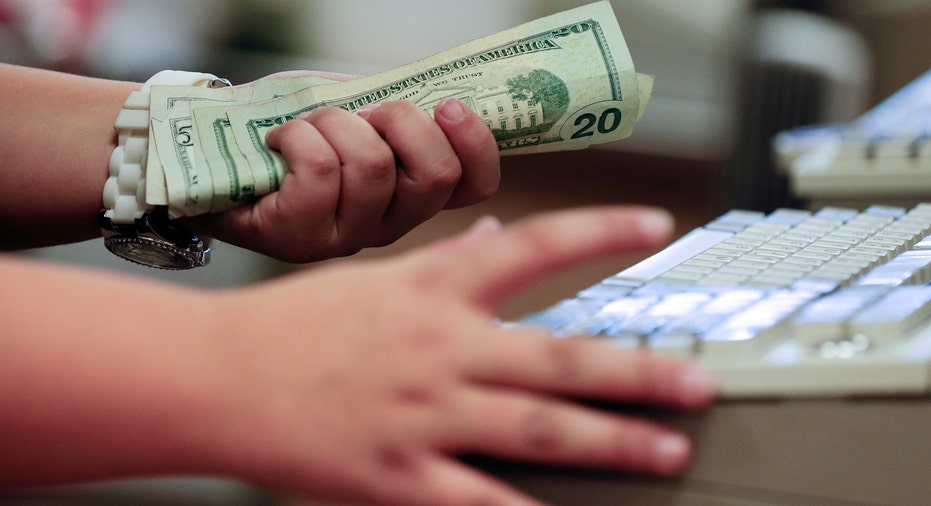GDP Growth Takes a Hit as Consumers Pull Back on Spending

The U.S. economy grew at its slowest pace in three years during the first quarter of 2017 as consumer spending rose only slightly and inventory investments declined.
Gross domestic product increased at an annualized rate of 0.7% during the first three months of the year, the slowest pace since the first quarter of 2014, according to the first of three estimates released Friday by the Bureau of Economic Analysis. The growth rate missed expectations for a 1.2% pick up, and came in well short of the fourth quarter’s 2.1% pace, a rate some economists believe is subpar as it is.
Consumer spending, which accounts for approximately 71% of overall economic growth in the U.S., grew at a meek 0.3% rate, down sharply from the 3.5% pace it notched in the final three months of 2016. The slowdown was a result of less spending on long-lasting goods like computers and kitchen appliances, motor vehicles, clothing, and energy.
At the same time, as residential investment posted a 13.7% gain, business structures grew 22.1%, the fastest clip since early 2014 before the collapse in oil prices, Barclays economists point out.
“The rise in equipment investment indicates that firms are expanding capacity in anticipation of rising demand. Likewise, a strong showing of residential investment, along with other positive signals from the housing sector, indicates that the household sector remains confident in the economic outlook,” the Barclays economics research team led by Michael Gapen said.
Still, the consumer spending figure on whole is a sharp divergence from recent sentiment surveys which show that while consumer optimism has come down from elevated levels following the November election, Americans continue to have a positive outlook on their current and long-term economic situations.
"Typically there’s a high correlation between sentiment readings and what transpires by way of spending…but in the first quarter, it didn’t manifest quite the same."
“The soft data is off the charts,” said Mark Luschini, chief investment strategist at Janny Montgomery Scott. “Typically there’s a high correlation between sentiment readings and what transpires by way of spending…but in the first quarter, it didn’t manifest quite the same. I look at it more of an aberration to first-quarter activity than something indicative of a pattern and expect sentiment to translate into a relatively sturdy if not strong spending pattern.”
As disposable personal income rose 3.4% during the first quarter, so too did the personal saving and inflation rates. The core personal consumption expenditures index – the Federal Reserve’s preferred inflation gauge which measures prices paid for goods and services – rose to 2% in the first quarter as expected from 1.3% in the prior quarter. Luschini said that’s evidence that as inflation has crept higher, consumers have continued to become more disciplined, which has consequently negated some of the benefits of recent wage increases.
Given the continued enthusiasm from consumers, coupled with labor markets that are at or near full employment, headwinds in the first quarter likely also included weather-related issues and delayed tax returns from the IRS. What’s more, growth during the first part of the year tends to be weak due to difficulty calculating seasonal adjustments, something the government has acknowledged and is working to correct.
“[First quarter] GDP growth has tended to be sluggish this cycle and also tended to fall short of growth in the other three quarters. Put in this context, today’s data should not be viewed being disturbing, but rather history repeating itself,” said Ward McCarthy, chief financial economist at Jefferies.
Adding to the nation’s growth engine were positive contributions from business and personal fixed investments, which tacked on 1.62% to GDP, and net exports, which added just 0.07 percentage point. Those gains were partly offset by a decline in private inventories, which shaved 0.93 percentage points from the overall growth rate.



















